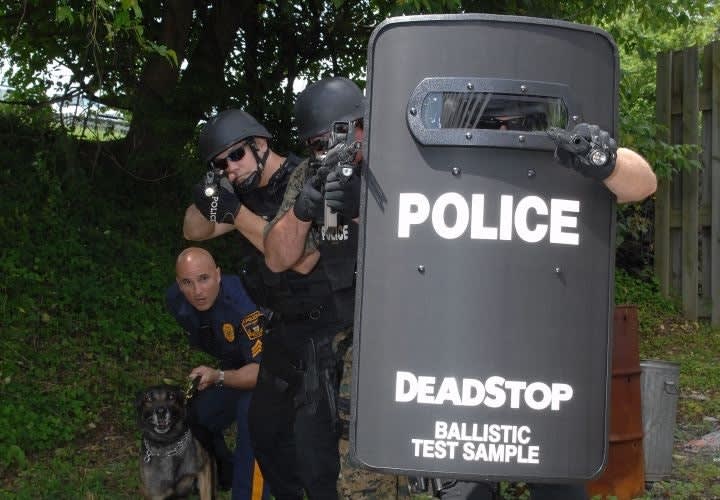SWAT trainers usually yell, "Cover, Cover, Cover," to teams performing tactical training movements. Building sound operational skill may save your life; yet carrying a proper ballistic shield gives you another important safety tool.
In the past 10 years, active shooter response has changed many of the ways officers respond to critical incidents. After the Columbine High massacre, agencies began to favor dynamic entries over the "surround and call out" tactic so officers could stop the killing. When entering an armed encounter, a ballistic shield can make all the difference, as we saw earlier this month in New York City.













